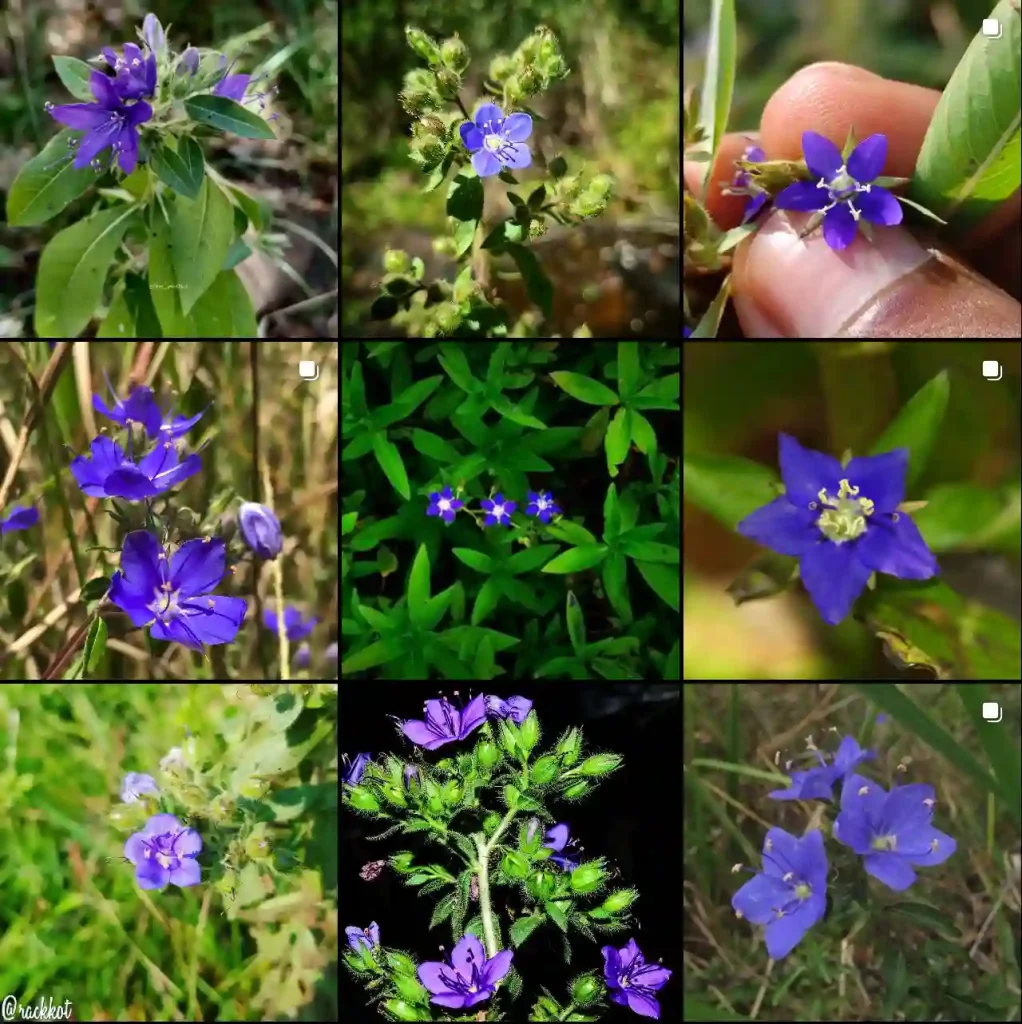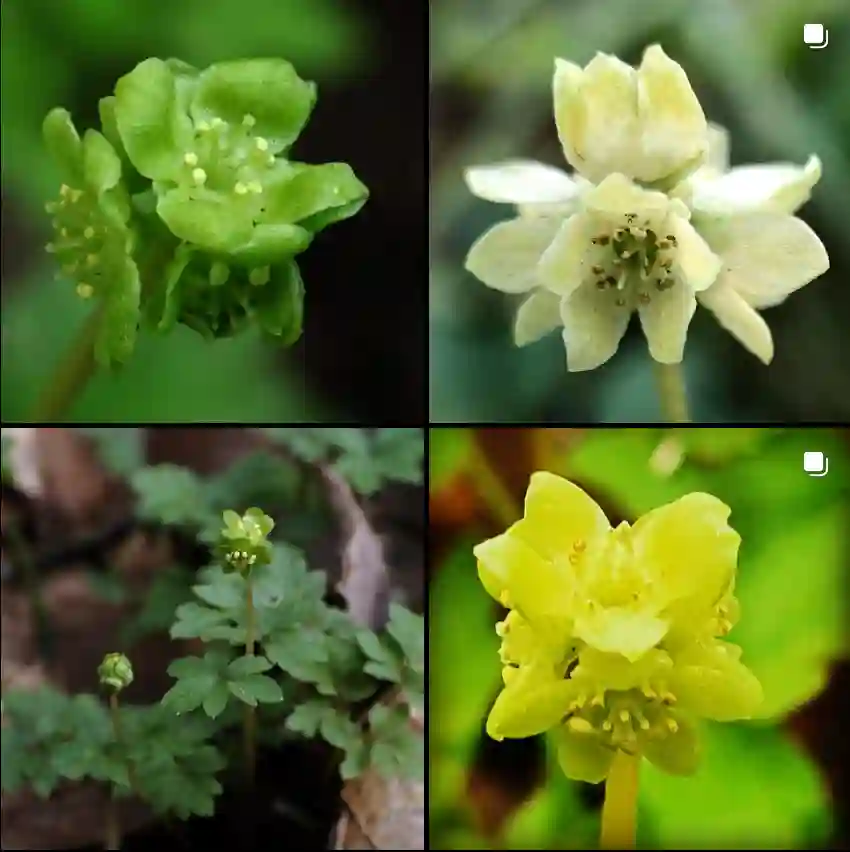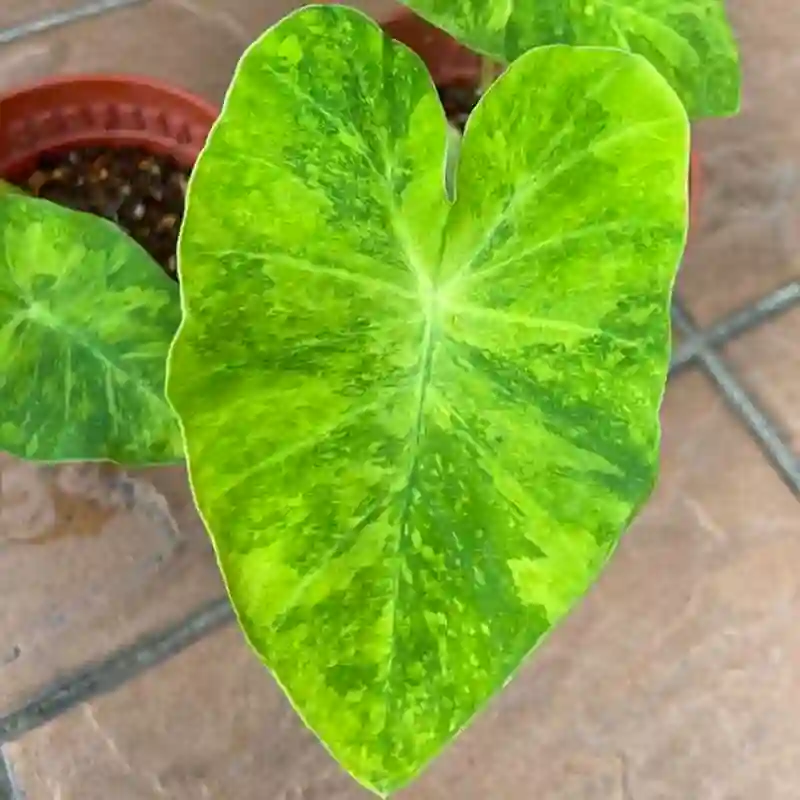Frequently Asked Questions About Gillenia Stipulata
As a passionate gardener and plant enthusiast, I’ve often found myself fascinated by the Gillenia Stipulata, also known as False Spiraea or Indian Physic. This plant is a gem in many gardens, and I’ve received numerous questions about it. Here’s a comprehensive guide to help you understand and care for this beautiful plant.
What Is Gillenia Stipulata?
Gillenia Stipulata is a perennial plant native to North America. It belongs to the Rosaceae family and is known for its delicate, fern-like foliage and star-shaped white to pink flowers. The plant typically grows between 2 to 3 feet tall and 2 feet wide, making it a perfect choice for adding texture and interest to garden beds or borders.
Plant Family: 115 Genera Rosaceae – Rose Family
How to Care for Gillenia Stipulata?
Sunlight: Gillenia Stipulata thrives in partial shade to full sun. In hotter climates, it prefers some shade during the afternoon to protect its delicate leaves from scorching.
Soil: It grows best in well-drained, loamy soil. While it can tolerate a range of soil types, it’s crucial to avoid waterlogged conditions, which can lead to root rot.
Watering: Regular watering is important, especially during dry periods. However, ensure the soil is well-draining to prevent overwatering. A good rule of thumb is to keep the soil evenly moist but not soggy.
Fertilization: Feed Gillenia Stipulata with a balanced, all-purpose fertilizer once in early spring. This helps support healthy growth and abundant flowering.
Pruning: Light pruning after flowering can help maintain the plant’s shape and encourage new growth. Remove any dead or damaged stems to keep the plant looking its best.
How to Propagate Gillenia Stipulata?
Propagating Gillenia Stipulata is relatively straightforward. Here’s how you can do it:
From Seeds: Start seeds indoors about 8 weeks before the last frost. Sow them in a seed-starting mix and keep them moist. Germination can be slow, so be patient. Transplant seedlings outdoors after the danger of frost has passed.
From Division: The plant can also be propagated by dividing established clumps in early spring. Carefully dig up the plant, divide it into sections, and replant them in well-prepared soil.
What to Plant With Gillenia Stipulata?
Gillenia Stipulata pairs well with various companion plants. Consider these options:
Hostas: Their broad, lush leaves complement the fine texture of Gillenia Stipulata.
Astilbes: The feathery flowers of Astilbes provide a lovely contrast to the delicate blooms of Gillenia Stipulata.
Brunnera: The heart-shaped leaves and blue flowers of Brunnera can create a harmonious look in a shaded garden.
Fern Varieties: Combining Gillenia Stipulata with ferns enhances the overall texture and adds a woodland feel to your garden.
How to Use Gillenia Stipulata in Your Garden?
Gillenia Stipulata is versatile in garden design. Here are some ideas:
Border Plants: Its compact size makes it ideal for border plantings, where it can create a soft, airy edge.
Shade Gardens: Perfect for shaded areas, Gillenia Stipulata adds interest and texture where many other plants might struggle.
Wildlife Gardens: Its flowers attract butterflies and pollinators, making it a great addition to wildlife-friendly gardens.
Is Gillenia Stipulata Toxic?
Gillenia Stipulata is non-toxic to humans and pets. It’s a safe choice for gardens where children and animals might be present. However, as with any plant, it’s a good practice to prevent ingestion and keep an eye on curious pets.
Common Problems and Solutions
Pests: Gillenia Stipulata is generally pest-free. However, occasional aphids or spider mites may appear. Use insecticidal soap or neem oil to manage these pests.
Diseases: Root rot can occur in poorly drained soil. Ensure good drainage and avoid overwatering to prevent this issue.
Leaf Spot: Sometimes, leaf spot diseases can affect the plant. Remove affected leaves and improve air circulation around the plant to minimize the risk.
Conclusion
Gillenia Stipulata is a charming addition to any garden. With its delicate foliage and lovely flowers, it brings a touch of elegance and interest to a variety of garden settings. By understanding its care requirements and how to address common issues, you can enjoy this plant’s beauty and benefits for years to come. Whether you’re adding it to a shade garden, using it as a border plant, or combining it with other garden favorites, Gillenia Stipulata is sure to enhance your outdoor space.
If i die, water my plants!



